121 ☼ How To Work with a Photo Editor
A deep dive conversation with Craig Mod about book making
Dear friends,
For this week's letter, I spoke with writer and photographer Craig Mod about making books, what it was like to work with a photo editor (spoiler alert: me!), and how he supports his creative work. This is a long read and a deep dive that I hope will inspire many of you to explore and find your own voice. Lots of practical insights as well.
☀️ Shout out to my friends at Squarespace for helping make this issue possible ☀️
Housekeeping
Mentor Sessions: I am opening up the last mentor slot of 2023. Read more here. Below is a note from Jop about his mentorship session with me earlier this year:
“During the mentorship session Wesley helped me to clarify my goals and give me the direction I needed to proceed with my project. Wesley’s knowledge and creative choices opened up possibilities I hadn’t thought about before. The session was effective, super fun, and hands-on.” — Jop Verheijen
In Conversation with Craig Mod
I've known writer and photographer Craig Mod for about ten years now—first as online buddies and later evolving into friends and collaborators. Craig kindly penned a fantastic essay that found its way into my photo book, NOTICE. In return, I've had the pleasure of lending a hand in curating and sequencing photos for two of his books, including the upcoming "Things Become Other Things."
Below is a long conversation I had with Craig earlier this week. Interspersed are some portraits I took of Craig when I spent a few months in Japan in 2018, as well as some images I shot during one of our walks around Kamakura.
On Publishing A New Book
Wesley: Craig, first, I want to get a little bit of information about your upcoming book, "Things Become Other Things." (TBOT) What can you tell us about the book and how it's different from your previous books?
Craig: I actually got the first bound copy yesterday. It's pretty thick. It's a big boy.
It's the same height and width as "Kisa by Kisa," my previous book, but the page count is almost double. All my books build off the platform of walking, using walking as a foundation to think about other things, in life, and in the world.
This one specifically is about a 30-day walk on the Kii peninsula, which is down where the Kumano Kodo trail is, but I walked a lot of routes that aren't classically Kumano Kodo. There's also a memoir layer to it as well. I'm reflecting back on my childhood and in particular, a friendship with my best friend in elementary school, and that's the framework of the book.
Wesley: And for those who don't know, you live in Japan, but you grew up in Connecticut. And for those unfamiliar with the walking thing, that’s your thing. You take very long walks that are based on tradition. How long have you been taking these walks?
Craig: I started doing “serious walks” about 10, 11 years ago. Japan, like a lot of Europe, has a history of pilgrimage-related walking. Most of Japan's walks are somewhat connected with spirituality and pilgrimage. I've gone thousands and thousands of kilometers on these old historical roads. I write newsletters about the experience, which are all drafts for books. My focus is always a book.
Wesley: There is something unusual about this book. It comes out next week but there's also another version of the book that won’t come out until much later. Can you talk about why that is and how that works?
Craig: Well, I had pitched the book to a bunch of publishers in New York because I thought the themes of the book were broad enough. The memoir component deals with systemic dysfunction in the United States. A lack of safety nets, a lack of collective support, and things like that.
In most first-world, non-American countries, there's healthcare, good social safety nets, and the kind of infrastructure that doesn't allow people to fall too far. In the States, you can fall forever. And so I reflected on these kinds of themes while walking through the landscape of Japan, which is, in many ways, socialist and collectivist.
When I do these walks, a lot of them are in the countryside and these countryside towns are depopulating. Japan, like all first-world countries, Italy, America, and South Korea, is losing its population. Everyone's producing fewer than two kids per family. And so these countryside towns are really closing up and aging.
You see these communities that were once thriving and were very like hard work, blue-collar focused communities that are essentially wrapping up. They're finishing up, but in Japan, there's a certain kind of grace that's happening. I'm not saying Japan's perfect, but as I walk through these places, I've never once felt violence.
I've never once felt a sense of people being deliberately forgotten or deliberately ignored. And folks are able to kind of wind down with their town in a way that to me, there's a sense of grace to it. And I've talked to hundreds of people and I've seen hundreds of these towns.
Walking allows you to experience this in a way that no other form of travel does. On a bike, you can pass through, but on the walk you get to say hello to people, you're walking right past farmers and fishermen every day. And so I look at how Japan has aged, and how these economically depressed places have evolved over time versus where I grew up, which was also an economically depressed area of America.
I thought if I was going to give any of my books a bigger platform, I'd want it to be this book. And so I pitched to a bunch of publishers in New York and Random House reached out to me, but they reached out pretty late, in the scheme of things.
An Unusual Book Deal
Craig: By the time Random House reached out to me, I had already committed to producing my own edition. I was able to negotiate doing my own fine art edition, limited to 4,000 copies, until the publication of the Random House edition. And they have basically purchased the worldwide trade hardcover and trade paperback rights. Their edition will come out in the spring of 2025.
The two editions are gonna be quite different. My edition is in full color with photos and beautiful paper, and everything's hand-printed and hand-bound in Japan. The Random House edition will be black and white, standard trade hardcover and I'm gonna add about 30 percent more story to make it more accessible to a bigger audience and provide context. I'm really curious to see how that process unfolds.
On Working with a Photo Editor
Wesley: I had the privilege of working with you on the curation and the sequencing of the photos for this book as well as your last book "Kissa by Kissa". I was wondering if you could share your perspective on the benefits of collaborating with an outside person and how the process influenced the final results for you.
Craig: For every aspect of a creative project, having the right external eyes is critical. Having the wrong external eyes can derail everything, but having the right external eyes is really fabulous. You just need it, and whether, it's writing, painting, photography, whatever, sequencing, you just can't do it all on your own. Your eyes get tired. You lose perspective.
For this book, I've called in so many people to help, as I do with all my books. I'm really honored to have access to folks like you, my editor Ollie, the proofreaders that I had on the book, and John Gray, one of the greatest cover designers in the world.
In terms of working with you on photo editing and sequencing, we started almost a year and a half ago when you looked at a first draft of photos. And then we did follow-ups and the last call we did was probably in this past August.
Wesley: Can you describe the process a little bit for those who don't know how that works, a collaboration between a photographer and a photo editor.
Craig: The way we've done it historically has been that I'll go through all my photos. So for this book, I was dealing with 10 years of photos, maybe five to ten thousand photos. I whittle it down to maybe 300 photos that I am interested in. Then, I keep whittling and get to a point where I have an A roll of maybe 50, and a B roll of 150.
What I like to do is put the images into Figma to be able to make piles and move things around easily. And I say, Wesley move anything from the B to like this third pile that you think should be reconsidered and move stuff out of the A that you think doesn't really belong in there.
We go through that process three or four times, and then I go back, I'll sit with the decisions that we've gone through, and I'll sequence. Then together we go back in to look at the sequence and you add little red dots on the photos you like the most.
When I know that you're going to be looking at things, it makes me look more closely and be more critical in a way that's hard to do on my own. You're my first audience, and so as soon as you know that you're going to have an audience, you suddenly can see a little more clearly.
Wesley: Outside of image selection and sequence towards the end, we also look at cropping and what the center of the photo should be. Was that helpful for you?
Craig: Yeah, that was great. There are ways to reframe pictures, to cut off, to refine. It's essentially street landscape photography, and there are all these little tweaks that you really brought to my attention. Like getting rid of visual distractions, and the tension they can bring. How do you get rid of that tension? It's not a good tension. Yeah, all that was super helpful.
On Being 100% Reader-Supported
Wesley: You run a membership program called Special Projects, which is a unique way of supporting your creative work. Can you explain how this model has allowed you to create and share your work with your audience?
Craig: We are in the fifth year of Special Projects this year, which is crazy. Starting it was really a response to getting rejected from a bunch of magazines. I was trying to write these big sprawling pieces about walking in Japan for magazines and they kept getting rejected. I hit this wall with my work and I didn't know what to do next.
I did a bunch of Zoom calls with a bunch of friends who are in the industry and in the magazine and book industry. I had just written this big piece for Wired about membership programs and how the tools have gotten really good for them.
I asked my friends, "Hey, what if I did a membership program? Would that be interesting?" And the response was, "Yes, you should try it." I'd been running a newsletter for about eight years by that point, with about 10,000 subscribers. Why not give it a go?
I launched it five years ago and the launch went okay, but not great. It's so difficult. I tell everyone not to run a membership program unless they have no other options just because it's so much harder than it may seem from the onset. But once I got over the fact that maybe this wasn't gonna make a million dollars instantly and I had to work a little harder to gain each member, I started to divine a kind of permission from the membership program itself.
Previously, by going to these magazines, I was looking for permission to write about these things. I was saying, "Please, Atlantic, bestow upon me your editorial permission to go do this walk or to go write about this topic." Once I launched the membership, what I was able to do was to look at the members and the fees that they were paying as a kind of permission to be a little more bold.
So, that kicked off my first big walk, which was from Tokyo to Kyoto and then beyond. It was about forty days of walking. That was really entirely possible because of the membership program and what that gave me in terms of permission. My members were paying for this kind of work. And so I did it. And that was the start of all of this and changed my life in kind of profound ways. So I'm really grateful for the program.
Wesley: Was there a specific moment that gave you a big increase in members?
Craig: When I launched my book "Kissa by Kissa" in 2020, I didn't expect that book to do as well as it did. I found there was this incredible synergy between selling the book and memberships. Basically, I think of the membership program as people pre-paying for things. It allows me to do the research to put out the books, and I want to return that membership fee back through discounts on the books.
I didn't expect so many people to join when I launched that book to get the discounts. Here's a book that costs $100, to get the discounts you have to pay $100 for a year’s membership, and then you get $40 off the book. The conversion of non-members to members, when they bought the book, was so high it was a huge shock. It just made me realize, in startup speak, there's a real product-market fit between these books, what I was doing, and then the membership program. So that was really cool.
Wesley: In terms of perks and benefits, the discounts are only one of the main benefits that members get, but there’s more. Can you give us examples of some of the other benefits and the different work they get access to?
Craig: All the work I produce for the most part is public and I always pitched the membership as similar to NPR, as in you don't get anything but you help make it possible for this work to be done and for it to be accessible to the public.
Wesley: Just for people who don't know what NPR is, can you expand on that?
Craig: NPR is a nonprofit public radio station that's essentially funded by members paying monthly fees. So, I was asking essentially for donations to go deeper into this public work I was doing. And I was saying, members actually don't get anything special.
Because what can happen is that you launch a membership program to do X (e.g. make books), but you promise Y to members, and then you end up only doing Y instead of enabling you to do X better. So I promised nothing. What was so beautiful about launching the book discounts was that was such an easy promise that I could make because the whole point was to make and sell these books.
In terms of other benefits to members, over time I've just done so much extra work connected to the books. There are 110 hours of videos that are members-only, members get access to all the pop-up walk archives. Those are initially public, but I don't want to archive them publicly since they're essentially drafts. I'm happy to let members read them if they want to go back and see what's going on.
This means I'm able to do things like I started a diary for this new book. That was originally going to be only 21 entries long and then I'd be done and the book would be out. I started that diary two years ago and I recently published entry number 202 in the diary. That's a members-only thing, but it's mainly a way for me to document for myself the process of working on a book and to be able to measure the experience of working on a book.
I’ve said before that when I was 20, I wished I had someone like me to turn to, but back then, I didn't have access to anyone with similar experiences or insights. That’s why I give students free memberships and they get access to that archive. There's a whole bunch of videos of me doing photo edits using Lightroom, and even recorded our photo editing sessions, which I will throw up once the book is out.
What’s Next?
Wesley: So, after this entire process is nearly complete "Things Become Other Things" comes out next week. How do you feel?
Craig: Completely overwhelmed and disembodied and it's just completely abstract at this point. If I start to think back on how much work has gone into this book, it, I'd get woozy. So now the machine is running, and I'm just trying to keep up with the machine. And I like it, it feels great. It looks great. The cover I think is incredible.
I collaborated with Luis Mendo again, and his illustrations are just so perfect. I'm beyond psyched. The printing quality is incredible. It's just an amazing object and I just want to get it to people. I'll start to relax once the first thousand copies have arrived on people's doorsteps safely.
Wesley: Soon enough it’s 2024. I assume part of that year will be working on the mass-market version of this book. Anything else that you can share that you're excited about for that year as far as your creative output goes?
Craig: I want to get another book out at least. I know the next five books I want to work on. So it's just a matter of sitting down and getting them done. I'm also interested in doing a photo-only book next year. That's something I haven't done and that could be really fun to just see how that feels.
Wesley: Naturally I’m in favor of this idea! Alright Craig, that brings us to the end of our conversation. Thank you for your time. And I'm excited for the Process readers to have learned a bit more about your new book, your membership program, and the experience of working with me as an outside photo editor.
Craig: Thank you, Wesley.
This conversation was edited for brevity and clarity.
Additional Notes
To order Craig’s new book "Things Become Other Things" go here. As a very biased collaborator, I can tell you it’s gorgeous and special. And since Craig’s books are limited in edition and sell out fast, it’s worth signing up to not miss out. To read more about his book deal, go here.
To listen to our entire conversation, including many meandering thoughts, check out the recording here, which I will leave up for one week. The sound quality on my end isn’t perfect, but lots of interesting stuff is discussed.
To check out all things Craig and sign up for his newsletters visit CraigMod.com
That’s it for this week! If you enjoyed this issue I’d love for you to share it with friends.
Next Week: I explore a tiny French rural village with my Hasselblad and expired film, plus the return of the Moment x Process Giveaway with $150 worth of gear.
Keep shooting and take good care of yourselves and others. <3
Wesley
PS A great way to support Process and enjoy a body of work I’m very proud of, consider buying my photo book NOTICE. It makes for a great holiday present as well.
Gear & Tools Used
Camera: Pentax 67ii (my shots) and various Leica’s (Craig’s shots).
Film Stocks: Kodak Portra 400.
Lab: All my analog work is developed and scanned by my friends at Carmencita Film Lab. They’re my favorite lab in the world. Use code “PROCESS” to get a free upgrade.
Website: Big shout out to Squarespace for helping make this issue of Process possible. If you need a website, I can’t recommend using Squarespace more. I have been a paying customer for more than 10 years (!!?) and it’s been so easy to build and maintain a beautiful and professional portfolio. I even added a shop to it recently.
Use the code PROCESS10 for 10% off your first order.

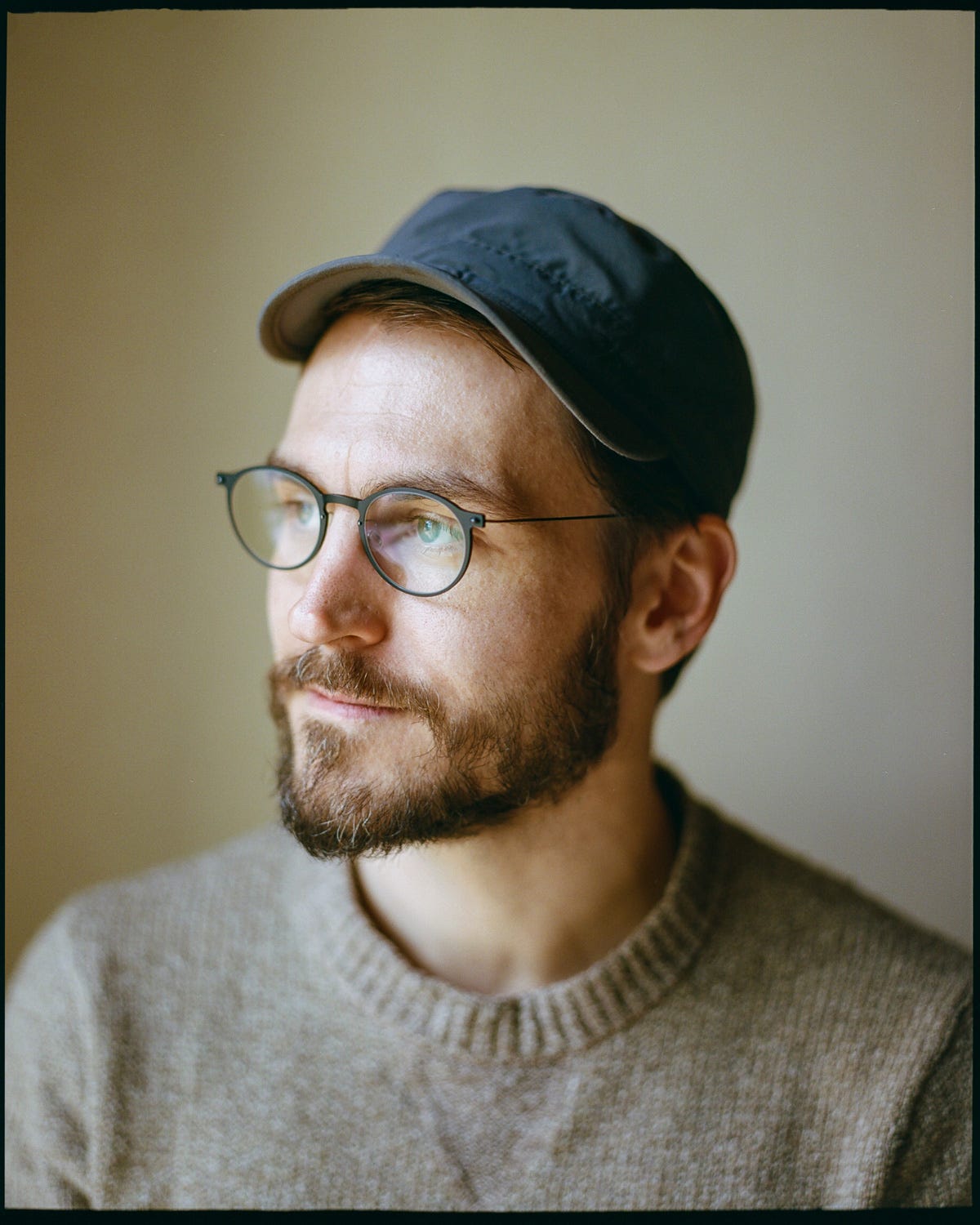
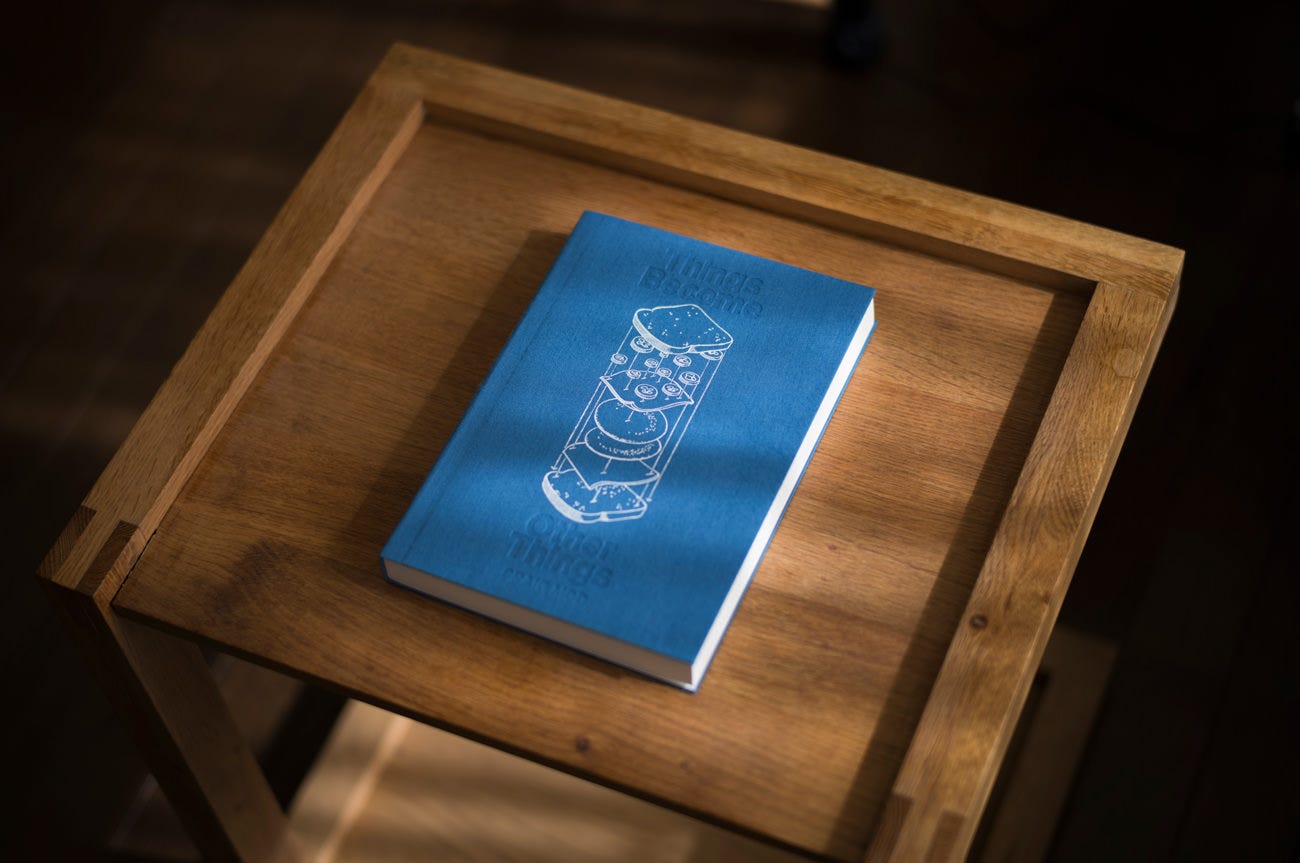
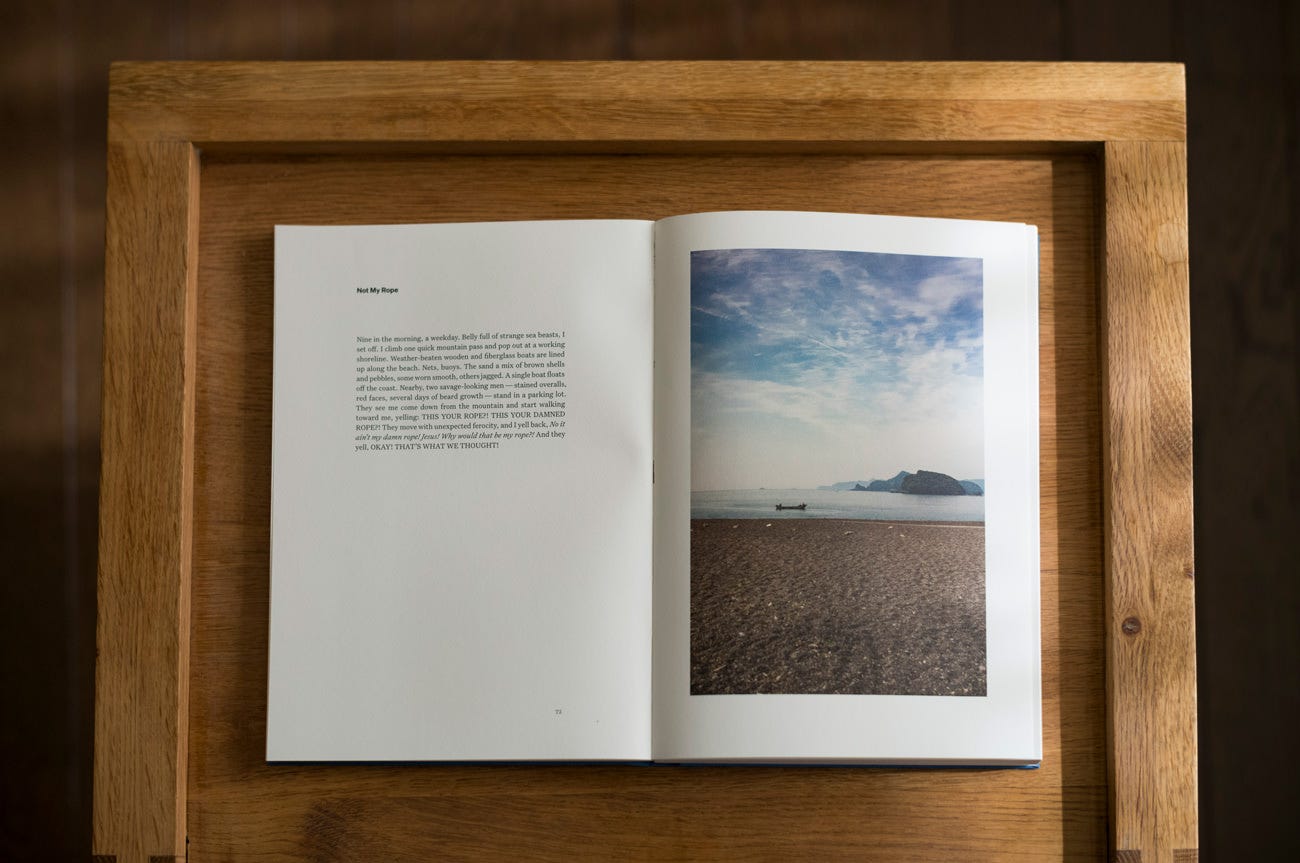
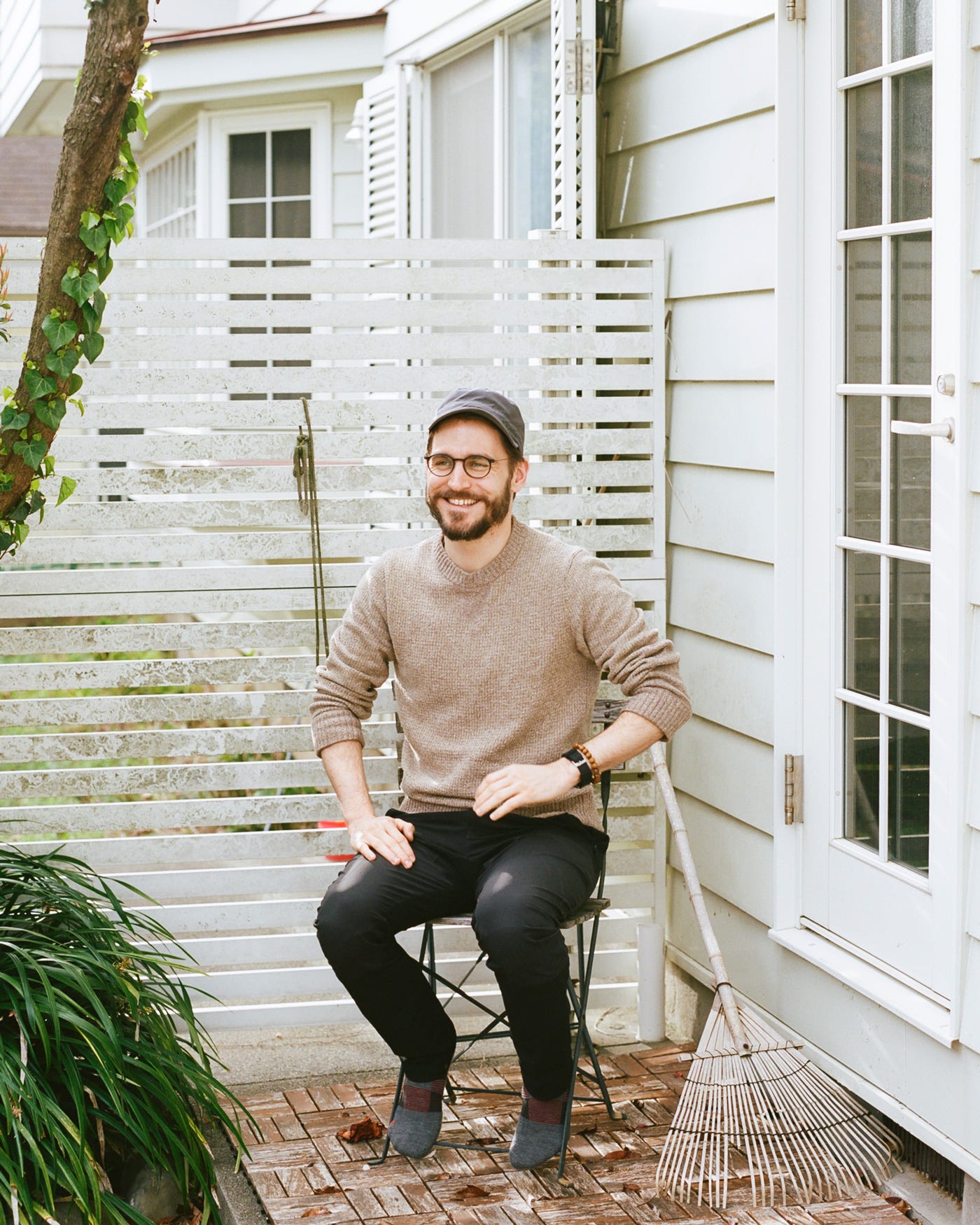
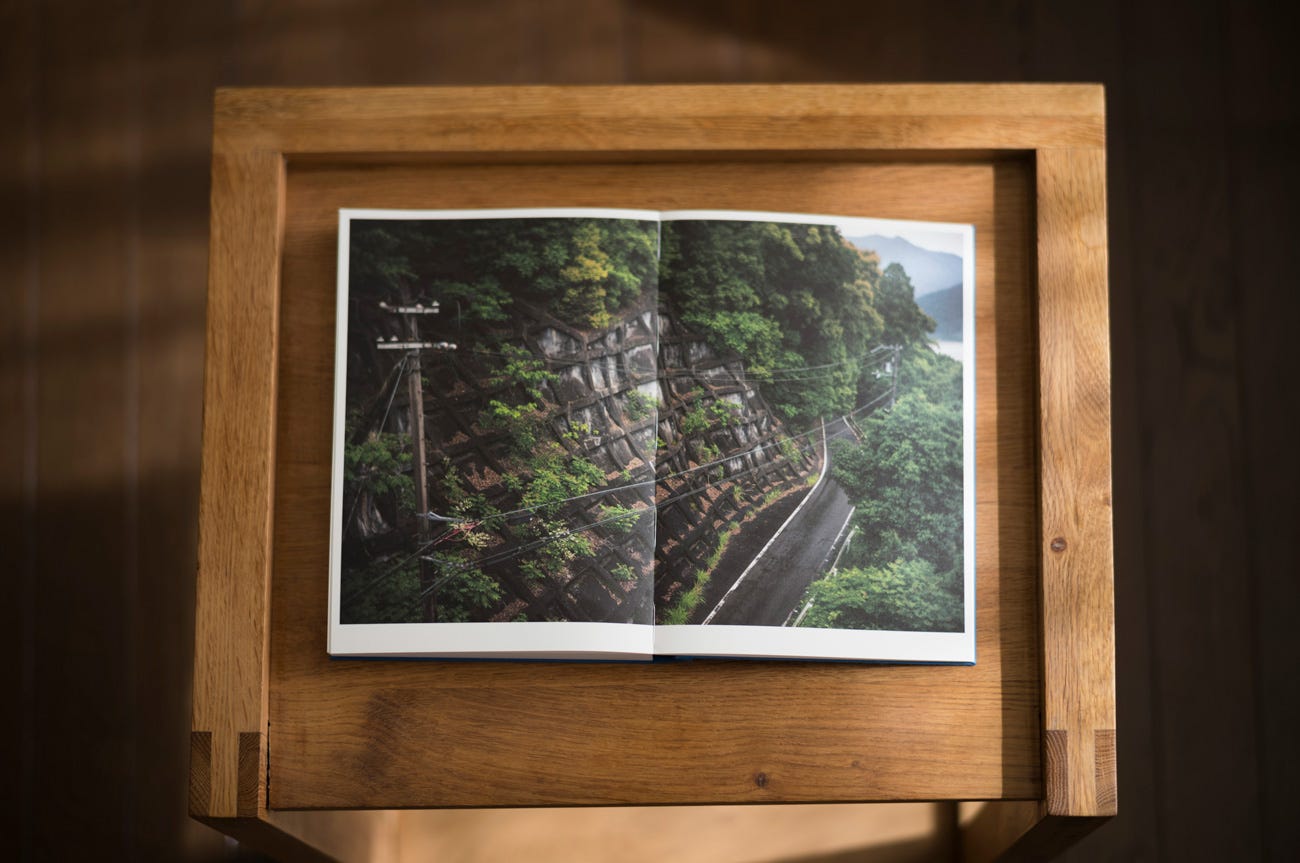
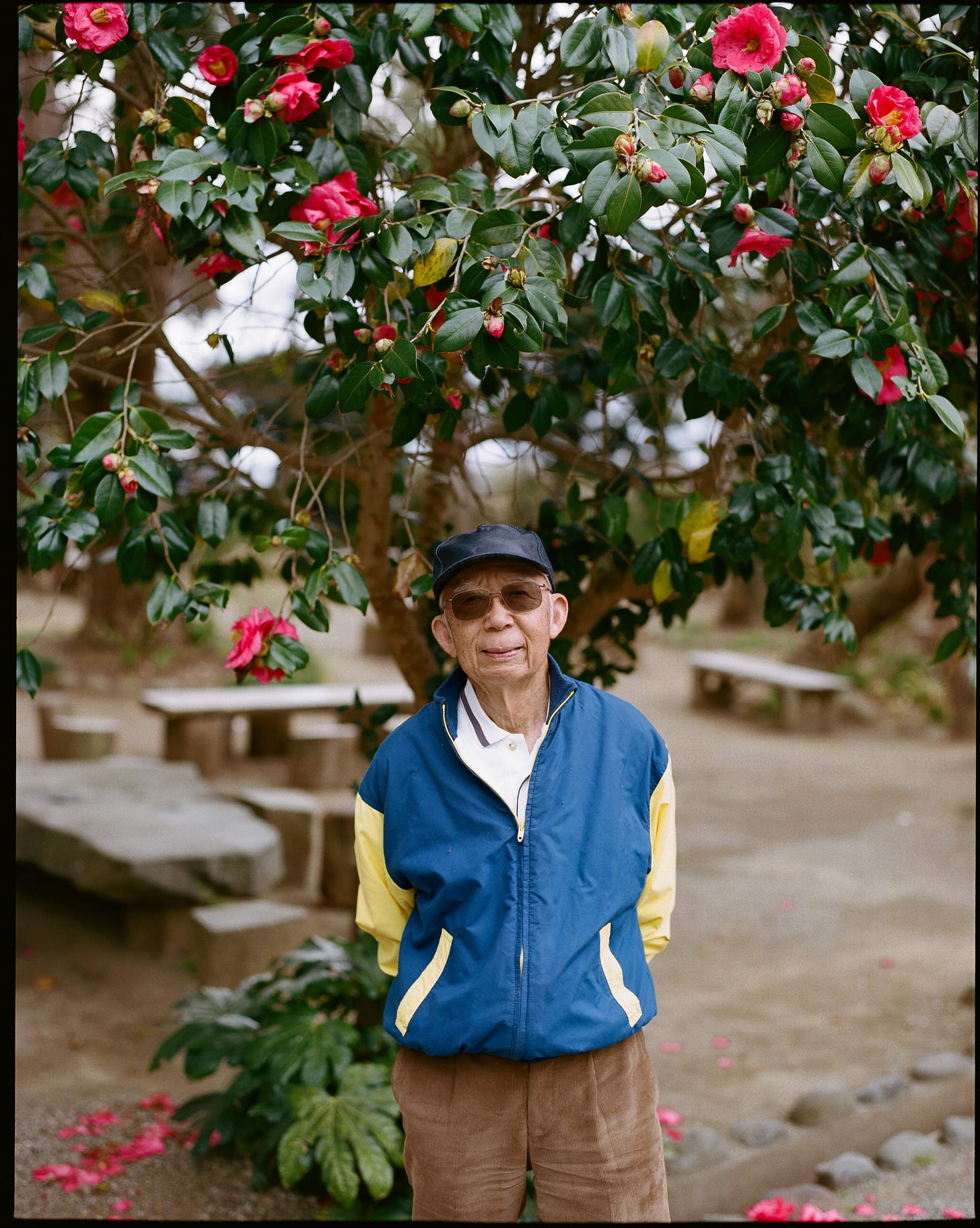

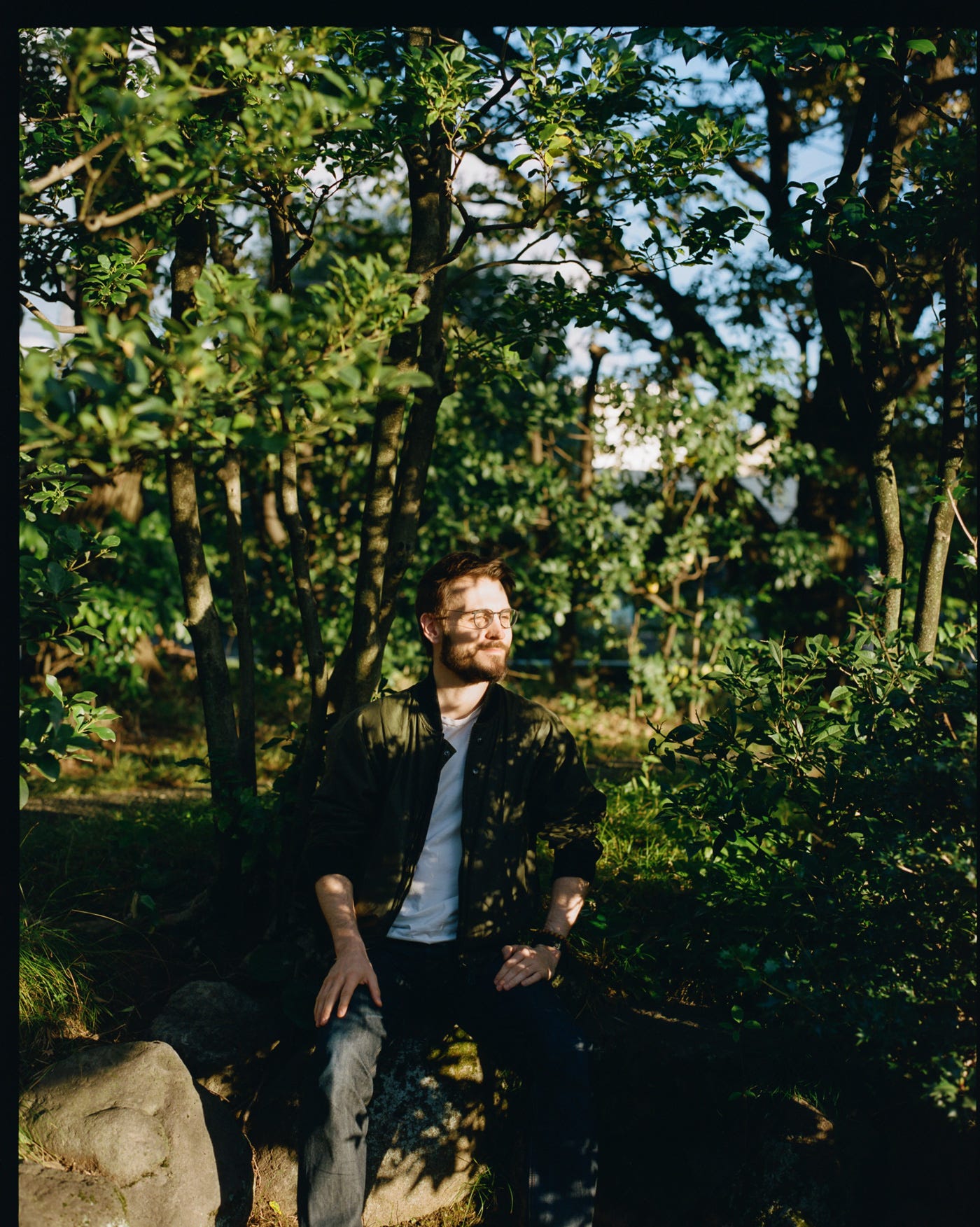

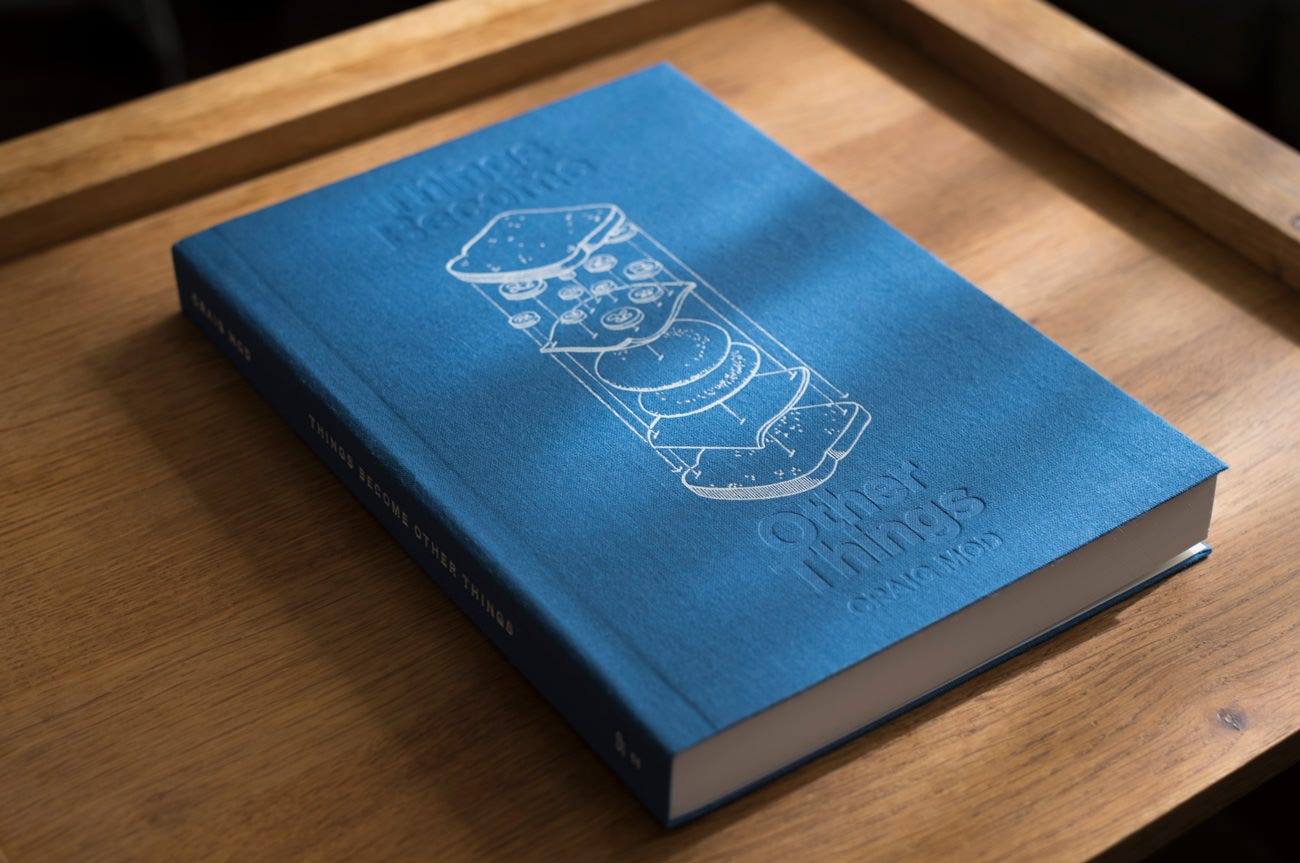
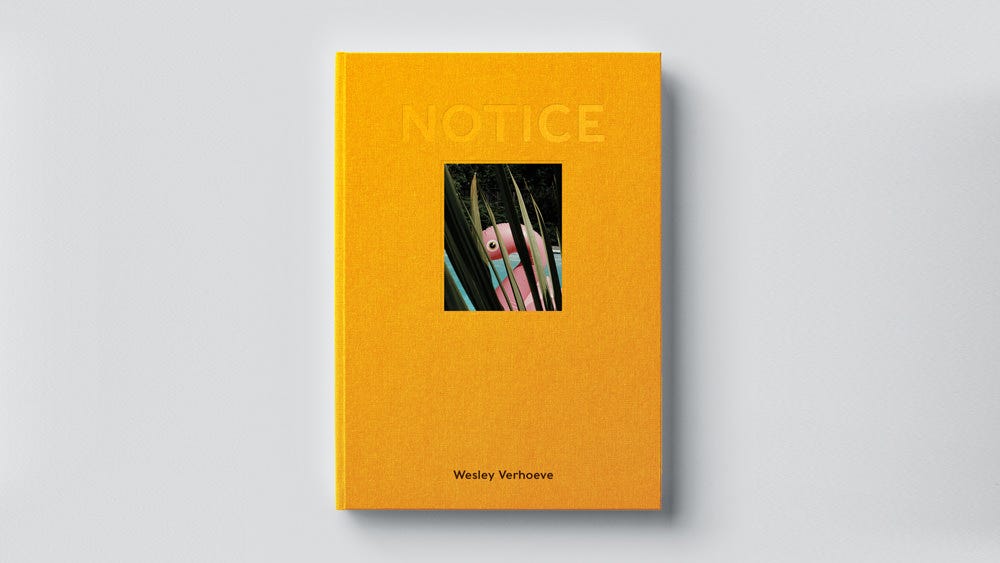

Best crossover we could've asked for! Great interview Wesley, definitely going to check out the audio recording of this convo.
Thank you very much for this insightful interview. As a resident of Japan myself, I follow Craig Mod’s every pop-up newsletter/walk and it was great to read about what goes on behind the scenes in interview format.